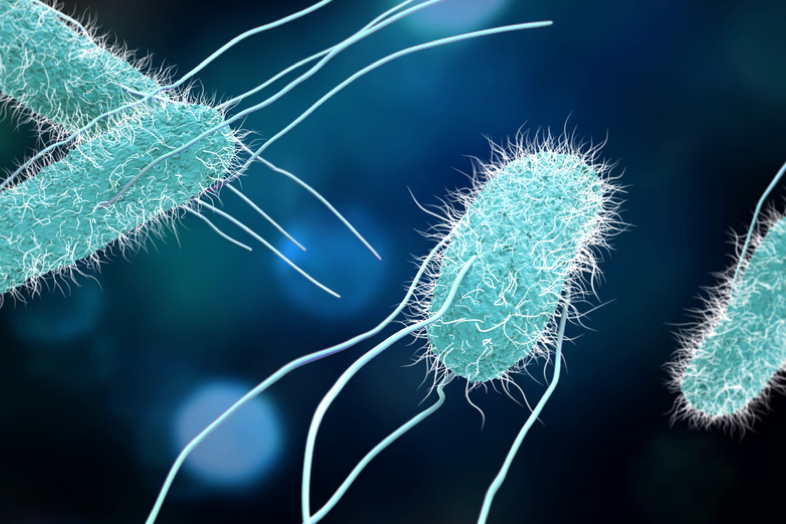
Food Safety
Is Your Salmonella Control Program Shifting Your Plant’s Serovar Ecology?
Picture this: You’ve done everything correctly. Your team has taken the correct steps to sanitize your facility, and so have your supply chain partners. You believe that you’ve eradicated a specific serovar of Salmonella from your supply chain, but weeks later, a new serovar starts to crop up in unexpected places.
You wonder what happened to your plant’s serovar ecology. Did one serovar take the place of another serovar?
It would not be the first time that a serovar exchange happened. In this blog post, we’ll look at historical precedence for serovar swapping, as well as ways to remedy the problem.
A Quick History Lesson
Of the approximately 2,500 identified serovars of Salmonella, about 1,500 belong to the Salmonella enteritidis enteritidis subspecies. The serovars in this subspecies causing the most food-related disease in humans are small and include Enteritidis, Typhimurium, Infantis, Stanley, Newport, Javiana, and Heidelberg. In total, about 100 serovars are associated with human infections.
Serovars are classified according to host range. Those with an unrestricted host range include Enteritidis and Typhimurium. By contrast, serovars with but one host include Typhi and Gallinarum.
In 1935, the U.S. Government launched the National Poultry Improvement Plan, an initiative that included the eradication of Gallinarum, whose only host is poultry. Gallinarum is fatal to chicks, so its eradication was important to the industry.
The initiative was a success, with Gallinarum removed from the vast majority of flocks in the U.S. Observations and later retrospective epidemiological studies indicated an increase in human foodborne (poultry-borne, to be specific) infections from the serovar Enteritidis tracked with the decrease in Gallinarum in flocks.
These findings suggest that, with the eradication of the host-specific serovar Gallinarum, a niche opened for colonization by the serovar Enteritidis. The relatively less “fit” serovar Enteritidis, carried in rodents yet outcompeted by Gallinarum, subsequently replaced the absent Gallinarum. This example demonstrates how human intervention changed the ecology of serovars and with it changed food safety risks, namely a serovar pathogenic to humans (Enteritidis) replaced a non-human host serovar (Gallinarum).
Why Does This Matter?
How can the lessons of the NPIP program be applied to your Salmonella control program? Are your sanitation protocols completely eliminating Salmonella, or just exchanging serovars, perhaps replacing a non-pathogenic serovar with a pathogenic serovar? Is the product arriving in the plant with one serovar, leaving with another serovar? Is it possible to track a given serovar to its biofilm source?
If you can’t answer those questions, you may want to choose another method for tracking your plant’s serovar ecology. Here are some requirements that you should consider:
- How easy is it for my team to monitor specific serovars?
- Is this solution cost-effective?
- Does this solution offer short time to results?
- How accurate are the results? And how easily can we interpret the results?
- Is an isolate required or can we detect multiple serovars at the same time?
Want to Learn More?
Clear Labs offers the tools to understand the ecology of the serovars in your plant. Armed with serovar data within roughly 24 hours, you can identify and track changes in serovar populations.
Contact Clear Labs for more information.